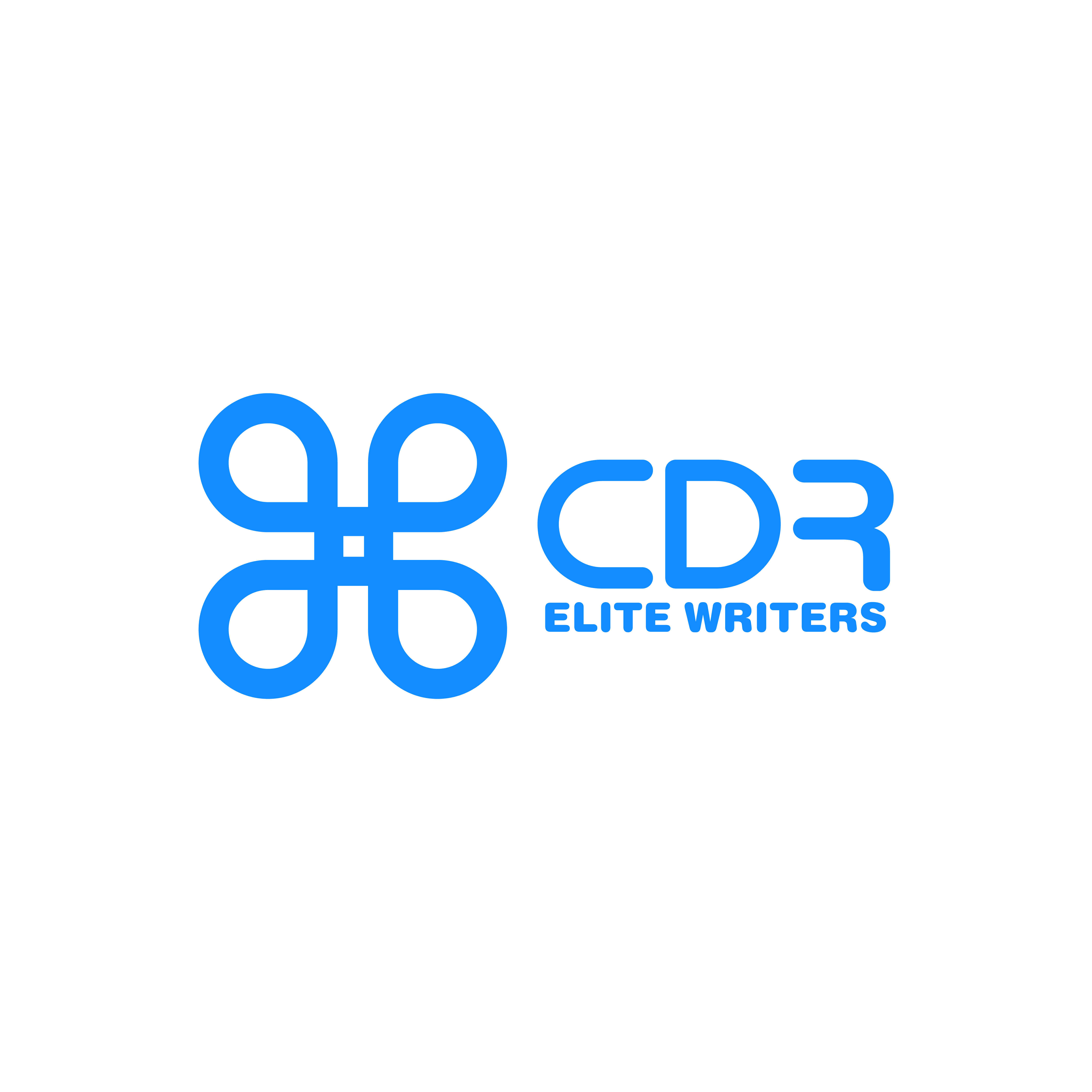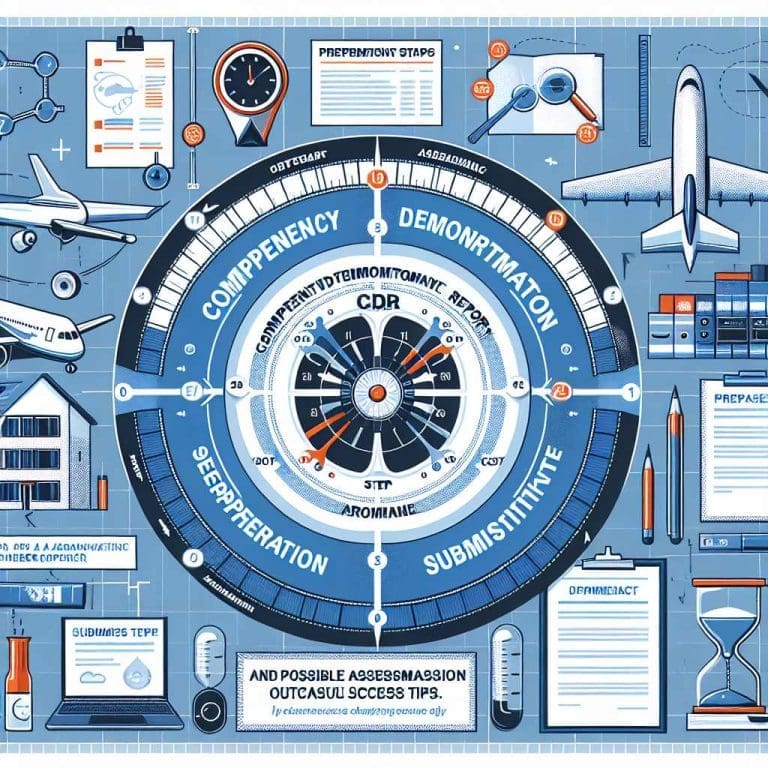Introduction
Are you ready to embark on the exciting journey of skilled migration to Australia? This comprehensive guide will help you, craft a Continuing Professional Development (CPD Activities) Report that not only showcases your technical expertise but also demonstrates your unwavering commitment to professional growth and development.
Within this guide, we will place a special focus on the importance of strategic professional development activities. By incorporating these activities into your CDR, you can elevate your story and strengthen your application. From attending relevant workshops and conferences to pursuing advanced certifications, we will provide insights and examples that will help you make a lasting impression on the assessing authority.
Table of Contents
Competency Demonstration Report Components
To commence your skilled migration journey, it is paramount that you understand the significance of the Competency Demonstration Report (CDR). A CDR Report is a document that you, as an engineer seeking to migrate to Australia, must submit to Engineers Australia. It is a testament to your engineering skills, knowledge, and growth-oriented practices.
The core components of a CDR include:
- Three Career Episodes: These narratives underscore your engineering experience and achievements. Each episode should illustrate a distinct aspect or role in your engineering career, spotlighting how you apply your knowledge and skills.
- Continuing Professional Development (CPD): This section is a record of your ongoing educational endeavours post your undergraduate studies. You should list any conferences, workshops, courses, and informal learning activities that have contributed to your professional growth.
- CDR Summary Statement: A self-assessment matrix that cross-references your documented competencies with the relevant Australian Engineering category applied for. It demands meticulous attention to link your achievements from your Career Episodes to the competency elements sought by Engineers Australia.
Criteria for Assessing a CDR Report by Engineers Australia
Engineers Australia employs rigorous standards to evaluate your Competency Demonstration Report (CDR). You must understand these criteria to stand a better chance of approval. Herein lies the assessment focus:
The Australian engineering sector projects a 12.9% increase in job openings over the next five years, which spotlights the criticality of a well-crafted CDR Report to seize these opportunities.
- Demonstrated Application of Knowledge and Skills: You must exhibit how your engineering education and work experience have enabled you to solve industry-specific problems by applying learned skills and knowledge with proficiency and innovation.
- Type and Extent of Engineering Activities: Detailed descriptions of your projects, indicating your role, responsibilities, and the degree of your contribution, are analyzed to ascertain the breadth and depth of your engineering experience.
- Engineering Problem-Solving Techniques: The assessors seek evidence of your problem-solving abilities in practical scenarios; therefore, your career episodes should clearly depict the methodologies and practices employed to address engineering challenges.
- Professional and Ethical Attributes: It is imperative that you showcase your adherence to the engineering profession’s ethical guidelines and standards. Instances where you exercised sound judgment and leadership must be included.
- Commitment to Continuing Professional Development: Your CPD activities should reflect a genuine and ongoing pursuit of knowledge, representing a mixture of structured and unstructured activities showing your commitment to staying current in the field.
- Interpersonal Skills: Evaluation of your CDR Report also entails consideration of your communication and teamwork competencies which are pivotal to your career as an engineer.
- Summary Statement Competency Elements: Each Career Episode is linked to the competency elements required by the specific occupational category through the Summary Statement. Precise matching of these competencies with the correct indicators is non-negotiable for a successful CDR assessment..
Selecting Continuing Professional Development Activities
As you develop your Continuing Professional Development plan, it is imperative to select activities that closely align with Engineers Australia’s framework of required competencies. Your objective is not just participation in CPD, but a deliberate cultivation of skills that fortify your engineering prowess and eligibility for the Australian workforce. Consider the following strategies to ensure appropriate alignment:
- Targeted Learning Opportunities: Seek out and engage in learning events such as workshops, seminars, and conferences that are directly relevant to the occupational category for which you are applying. Ensure that these events are recognized by professional bodies and offer insights into cutting-edge engineering practices.
- Advanced Educational Courses: Enroll in advanced courses or attain additional qualifications that enhance your technical knowledge and leadership abilities. Prioritize institutions and courses that are well-regarded within the engineering community.
- Accredited Online Learning: Explore online courses offered by accredited providers that focus on the specific competencies outlined by Engineers Australia. This shows adaptability and a commitment to integrating technology into your learning process.
- Professional Body Involvement: Actively participate in professional engineering societies and committees. This engagement provides networking opportunities and demonstrates a commitment to the larger engineering community.
- Research and Publication: Involve yourself in research projects that contribute to your field, aiming to publish findings in reputable engineering journals. This underlines your dedication to the progression and dissemination of engineering knowledge.
- Structured Internships or Mentorships: Embark upon structured internship or mentorship programs tailored to develop practical skills aligned with your chosen engineering discipline, ensuring transferability to Australian industry standards.
- Volunteer Engineering Work: Engage in engineering work in a volunteer capacity, especially in roles that offer experience relevant to Australian projects or contexts, signaling your readiness to integrate into the Australian engineering sector.
Sample CPD Activities
In your quest to construct a compelling Competency Demonstration Report (CDR), you must judiciously select Continuing Professional Development (CPD) activities that resonate with the core competencies desired by Engineers Australia. Below, you will find an enumerated list of activities that can significantly enhance your report:
- Advanced Degree Programs: Pursuing further studies such as a Master’s degree or PhD in engineering can provide profound depth to your expertise and showcase a commitment to scholarly excellence.
- Certification Courses: Obtaining certifications from accredited organizations in specialized engineering disciplines evidences your pursuit of industry-recognized standards of proficiency.
- Professional Conferences and Seminars: Participation in these gatherings not only lends insight into cutting-edge engineering advancements but also demonstrates your active involvement in the professional community.
- Technical Workshops: Hands-on workshops enable you to stay updated with practical skills and technologies, fortifying your practical application of theoretical knowledge.
- Research Publications: Authoring or contributing to research papers in esteemed engineering journals can illustrate your dedication to the advancement of the engineering field.
- Mentorship Roles: Acting as a mentor to up-and-coming engineers reflects leadership abilities and a dedication to the betterment of the profession through knowledge transfer.
- Volunteering for Engineering Bodies: Voluntary service in engineering associations underscores a commitment to the profession beyond personal career advancement.
Neglecting to partake in CPD activities that can substantiate your claims of proficiency and dedication may result in a CDR that fails to capture the respect and interest of Engineers Australia. You are encouraged to astutely consider these examples when curating your CPD activities, thereby ensuring your CDR serves as a robust testament to your suitability for the Australian engineering workforce.
Documentation of CPD Activities

In the process of crafting your Competency Demonstration Report (CDR), you must adopt a meticulous approach when documenting your Continuing Professional Development (CPD) activities. Diligent attention to this component not only showcases your commitment to continuous learning but also serves to project an image of you as a well-rounded professional. To achieve this, you should:
- Chronologically List Your CPD Activities: Begin by systematically listing your PD activities in chronological order. This will provide assessors with a clear view of your professional trajectory and developments.
- Specify the Nature and Duration: For each activity, be precise about the nature and scope, as well as the duration. Doing so illustrates the depth and breadth of your commitment to professional development.
- Articulate the Knowledge Gained: Clearly articulate the specific skills or knowledge you gained from each activity. This step is vital in demonstrating the tangible enhancements to your professional capabilities.
- Reflect on Implementation: Discuss how you have implemented the knowledge or skills in your work, providing concrete examples. This reflection turns abstract learning into practical, assessable evidence of professional evolution.
- Connect with ANZSCO Codes: Make direct connections between your PD activities and the competencies listed in your ANZSCO occupational category. This ties your personal development to the criteria that Engineers Australia evaluates.
- Proof of Participation: Where possible, include evidence of participation, such as certificates or acknowledgements. This documentation serves as verifiable proof of your proactive learning endeavours.
Standard Formatting of CPD Evidence
When incorporating evidence of Continuing Professional Development (CPD) into your Competency Demonstration Report (CDR), it is imperative that you adhere to a structured and standardized format. Below are the steps that you shall undertake to ensure your documentation is impeccably curated:
- Create a Detailed Evidence Index: Begin with an index that references all CPD evidence. This index should align with the chronological listing of your CPD activities presented earlier in the CDR.
- Standardize Evidence Presentation: To ensure clarity and professionalism, standardize the presentation of your CPD evidence. Utilize uniform fonts, headings, and bullet points to maintain coherence throughout the document.
- Include Descriptive Captions: Provide descriptive captions for each piece of evidence. These should briefly explain the relevance of the document and how it corresponds to your listed CPD activities.
- Organize by Category: Group evidence by category, such as ‘Workshops Attended’, ‘Certifications Obtained’, or ‘Seminars Presented’. This showcases the diversity of your CPD efforts systematically.
- Ensure Legibility: Confirm that all scanned documents are legible and of high quality. Illegible evidence could undermine the validity of your CPD claims and cause unnecessary delays in the assessment process.
Ignoring the importance of a well-structured CPD evidence format can lead to an evaluation that fails to recognize your full professional capabilities, potentially impeding the success of your skilled migration visa application. Therefore, you, as an aspiring migrant engineer, are urged to meticulously format and present your CPD evidence, reinforcing the strength of your CDR submission to Engineers Australia.
Conclusion
In conclusion, your diligent adherence to the guidelines set forth for Competency Demonstration Report (CDR Report) documentation is pivotal in securing your Australian skilled migration visa as an engineer. You are reminded that each component of your CDR must be curated with precision, reflecting your comprehensive engineering skill set, ongoing professional development, and the positive impact of your work within the community and environment.
Engineering Australia’s Statistics show that 70% of growth in the engineering labor force in the five years to 2021 was from overseas-born engineers.
Therefore, it is crucial to present coherent, well-structured, and detailed evidence within your CDR to showcase your dedication, expertise, and potential contribution to the engineering sector in Australia. Follow the procedural advice meticulously, using this document as a touchstone, to ensure your application stands out and increases your chances of professional practice in Australia.
Need Help?
Crafting a compelling CDR Report is no easy task, but remember, you’re not alone. If you need assistance, whether it’s understanding the ACS skill assessment occupation list, calculating your Australia skills assessment points, or simply getting a professional eye on your CDR, don’t hesitate to seek help.
CDR Elite Writers, a team of experienced CDR report writers and engineers, are ready to assist you. With a deep understanding of the Engineers Australia CDR requirements, they offer comprehensive CDR writing services in Australia, ensuring your CDR Report Sample stands up to scrutiny and maximises your chances of success.



